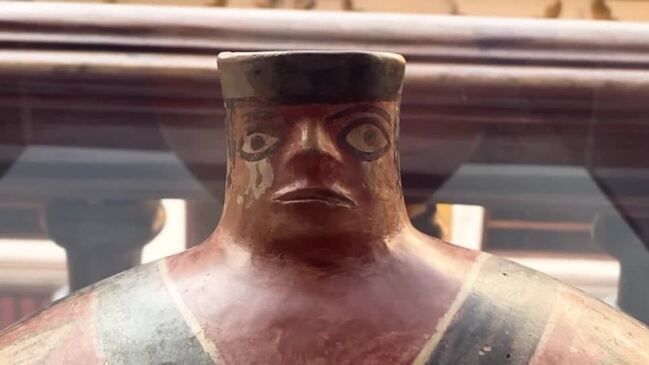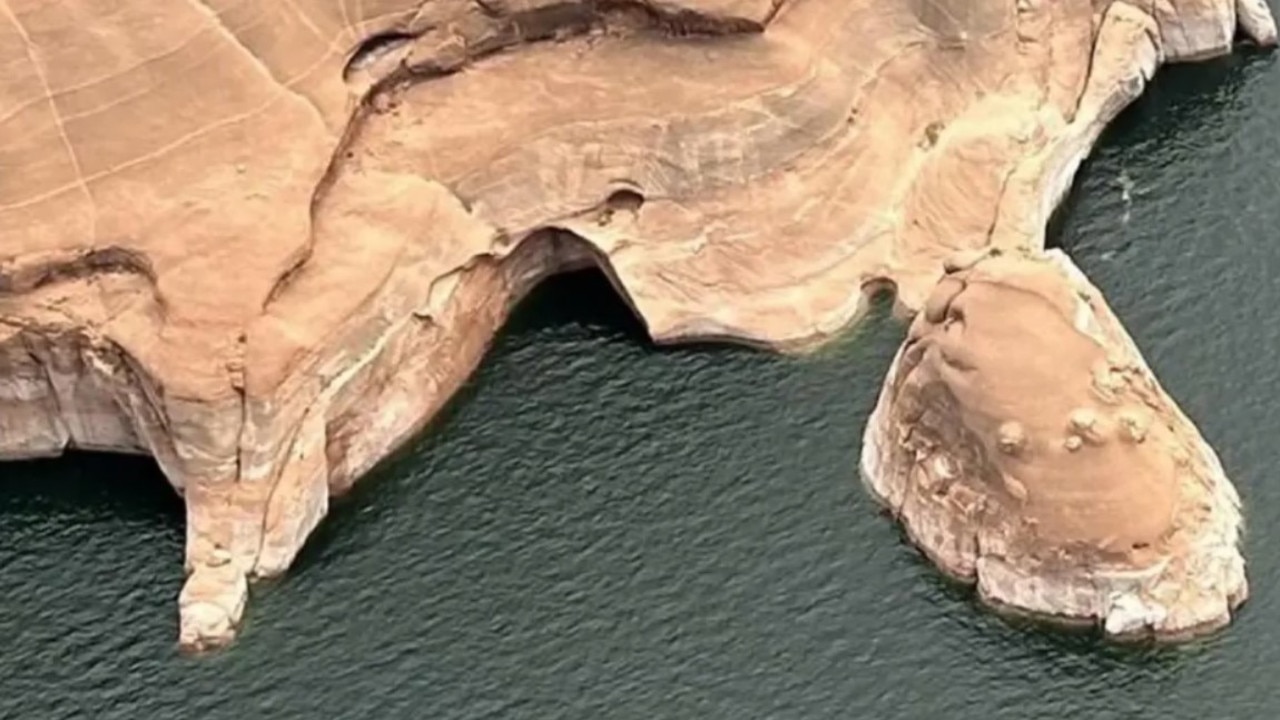‘Impending doom’: Huge problem at ancient sites
These massive natural sites are up to 190 million years old and attract hordes of tourists, yet locals believe something odd is beginning to happening.

Two ancient North American structures collapsed within just nine days of one another – with one native tribe warning the “bad omen” points to impending doom.
The Double Arch, a massive geological feature that draws thousands of tourists to Utah’s Glen Canyon National Recreation Area each year, spontaneously crumbled on Wednesday, the National Parks Service said.
The New York Post reported the arch, also known as the Hole in the Roof and the Toilet Bowl, was 190 million years old.

Less than two weeks earlier, a pyramid at the Ihuatzio Archaeological Zone in the Mexican state of Michoacán partially buckled under intense rain.

The bricks on the roughly 1100-year-old pyramid – a significant piece of the Purépecha people’s history – broke apart from the central part of the southern facade and spilt onto the grass.
Further damage was discovered inside the pyramid, including at its core and retaining walls.
Experts theorise nature was to blame for the demise of both structures: the changing water levels and erosion from waves in Lake Powell likely contributed to the Double Arch’s collapse, a drought caused cracks in the pyramid that allowed rainwater to filter through the interior of the Ihuatzio Archaeological Zone.

But living Purépecha tribe members say their cultural touchstone’s fissure has a much more supernatural explanation.
“For our ancestors, the builders, this was a bad omen that indicated the proximity of an important event,” Tariakuiri Alvarez told the US Sun.
“Before the arrival of the conquistadors, something similar happened, which for the Purépecha worldview of that time was because the gods Nana Kuerhaepiri and K’eri Kurikweri were displeased.”
The Ihuatzio Archaeological Zone, founded around 900AD, was considered the capital of the Purépecha peoples – especially when the tribe reached its apex of domination in the southern Mexican region between the 13th and 16th centuries.
The Purépecha’s reign came to an end during the European invasion in the early 16th century.
The pyramids were left standing and are today considered one of several major archaeological sites in the region, the Art Newspaper reported.
More Coverage
The IANH is continuing damage assessment of the Ihuatzio Archaeological Zone, and plans on “thoroughly repairing the structure of the building”.
Whether their work can reverse the superstitious predictions of the modern Purépecha people, however, is yet to be seen.
This story originally appeared on the New York Post and was republished with permission.





